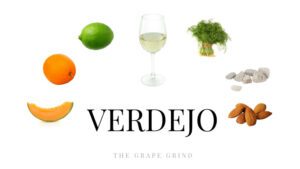
Verdejo
Make 2026 THE year.
Take 10% OFF your first 12 months of Tasting Group!
Code:
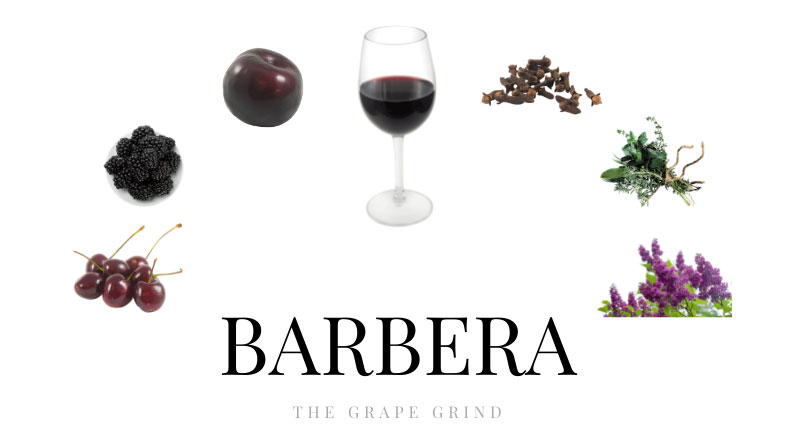
Barbera is a dark and juicy grape grown in the Piedmont region of Italy. In fact, it is the most grown grape there. It was once known for everyday drinking wines, but is currently getting more recognition for quality and (along with many other Italian reds) pairs beautifully with a lot of Italian foods like pizza and pasta due to its high acidity and juicy + tangy fruit quality!
A few more notes on Barbera:
The following guide will illustrate what Barbera tastes like (aroma, flavor, and structure). It will also tell you where it’s from, provide you with common food recommendations, similar varieties, and let you know why you should be drinking more of it!
Barbera is known for its dark color and generally dark fruit flavors and aromas, like blackberry and plum.
The dark color can be deceiving as Barbera is typically a very bright and juicy wine with a lighter mouthfeel!
Because of the high acidity, Barbera is a great wine to pair with many different styles of food!
STANDARD TASTING NOTES: These are your benchmark exam-style tasting notes.
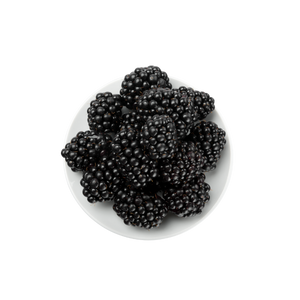
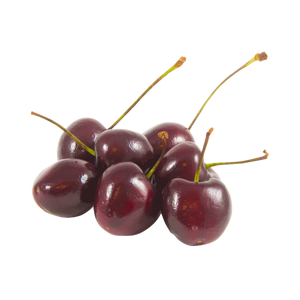
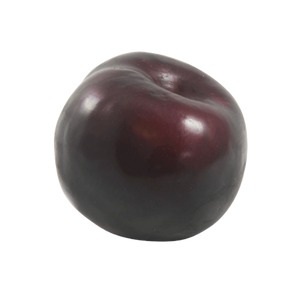
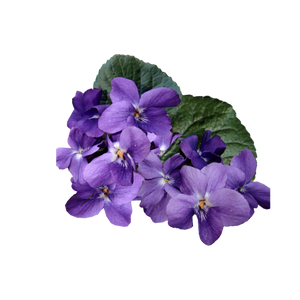
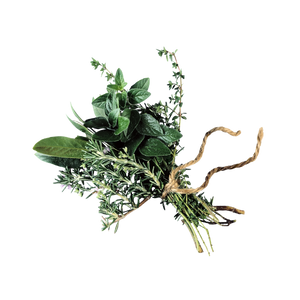
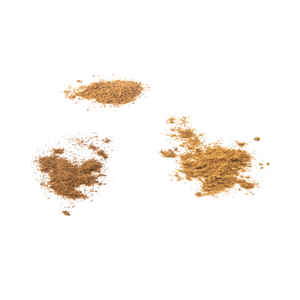
Remember, wine tastes are somewhat relative. There may be some different tasting notes you consistently find while drinking Barbera.
There is no “one size fits all” when it comes to structure for every grape, however, there IS a general range when it comes to body, acid, alcohol, and tannin for each. Below are general guidelines for classic representations. Growing conditions and winemaking techniques can impact each of the following.
Think of that weight as a liquid scale, from water (light body) to heavy cream (full body) in your mouth. Barbera is on the lighter side but can show a bit more depending on where it’s grown.

You can judge acidity based on whether your mouth waters after you take a sip of something. The more you salivate, the higher the acid. Barbera is known for its high acidity.

You can feel alcohol ‘burn’ the back of your throat when you take a sip. Barbera can range but is generally medium.

Tannin comes from the skin of the grapes during the winemaking process. You can tell a wine has high tannin if it dries out your tongue. It imparts almost a bitter flavor. Barbera’s tannins are on the lower side!


Primarily in: Piedmont
Barbera is native to Piedmont in Italy, but it can also be found in Lombardy and Emilia Romagna! Wines made from Barbera were originally known to be easy drinking and consumed early. They were also used to add color to other Italian wines. Now you can find this grape in a lot of quality wines made in both a traditional style (longer macerations and less oak) and a modern style (shorter maceration, more oak, rounder in mouthfeel). You will find the grape all over, but the main areas of production are:
BARBERA D’ASTI DOCG: a region within Asti where Barbera must be 90% of the wine. The style is generally lighter, fresher, and brighter (more acid-driven) than Alba. There is a 4 month aging period and modern styles can see good use of new oak!
BARBERA D’ALBA DOC: Can be fuller and riper than the wines of Asti. Barbera can be 85-100% of the wine but is typically 100%. There are fewer regulations here!
NIZZA DOCG: This is a 100% Barbera region. Longer aging is required (18 months and 30 for Riserva). This was previously a subzone of Barbera d’Asti!
BARBERA DEL MONFERRATO DOC: Another area known for some quality Barbera. Barbera del Monferrato Superiore was established as a separate DOCG in 2008. Both of these wines must use 85% Barbera grapes.
You can also find Barbera in smaller quantities from Slovenia, South America (Argentina/Uruguay), and USA (California)

The high acidity and juicy/tangy fruit flavors in Barbera wines are a beautiful combination with red sauce dishes. Add some basil or herbs to complement the combo even more. This is a solid comfort food pairing!
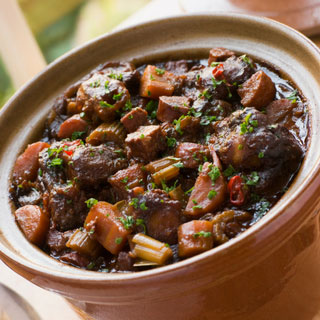
Barbera can be great with both light and hearty dishes and stews can be an amazing paring depending on the sauce! Lighter-bodied, rustic wines with good acid are great for stews because they don’t overpower the meal! The wine and stews rustic flavors can complement each other as well!
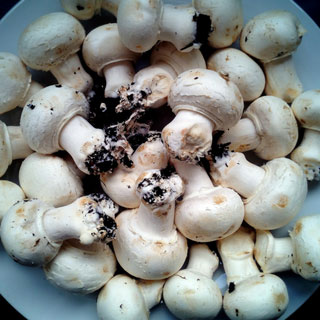
Most Italian reds are known for earthy qualities, Barbera is one of these. Barbera is earthy with light tannins which make it fairly easy drinking, and a great accompaniment to earthy mushroom dishes whether that be in a sauce, risotto, or sauteed/grilled.
Other Pairings: Cheeses (Pecorino, Asiago), Grilled Meats (Chicken, Lamb, Pork), Pepperoni, Sausage, Bacon, Pasta with Red Sauce or Pesto, Tomatoes, Root Vegetables, Risotto, Hamburgers
(common confusions)
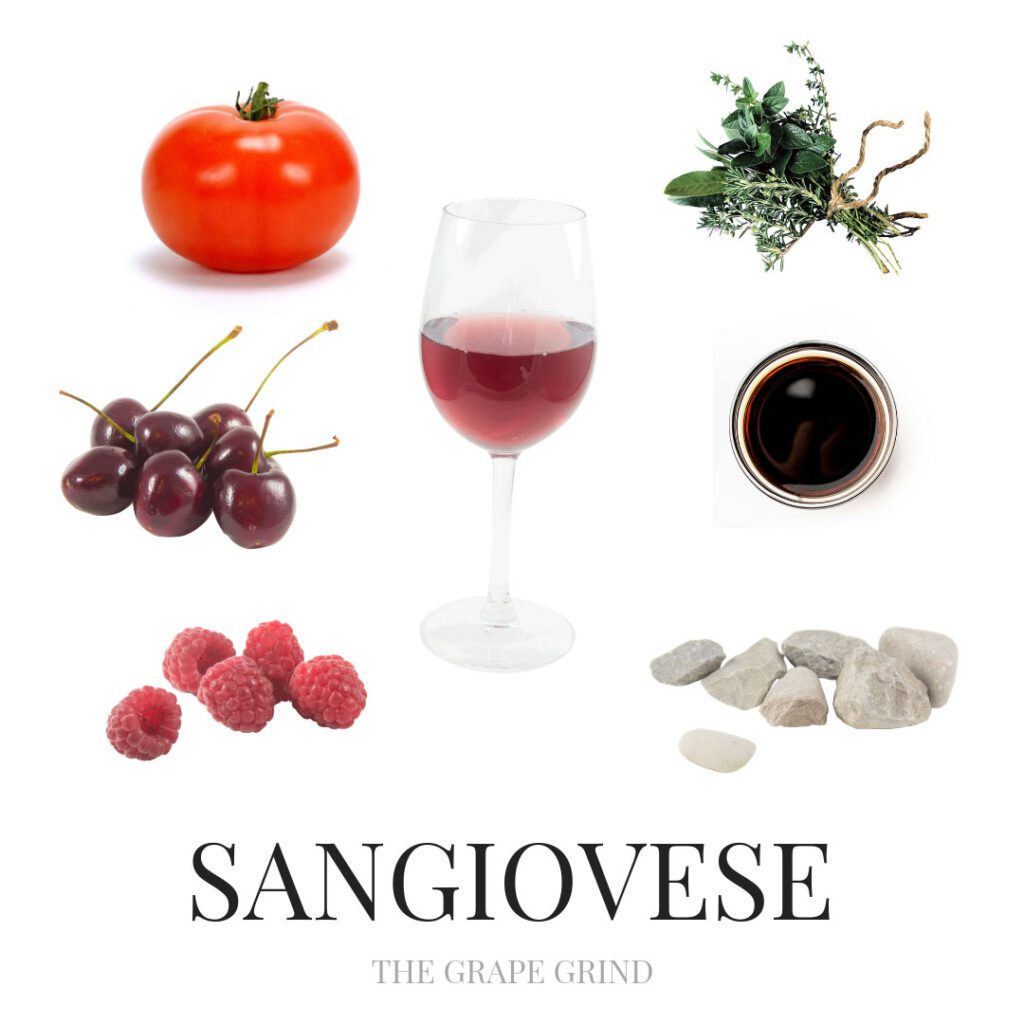
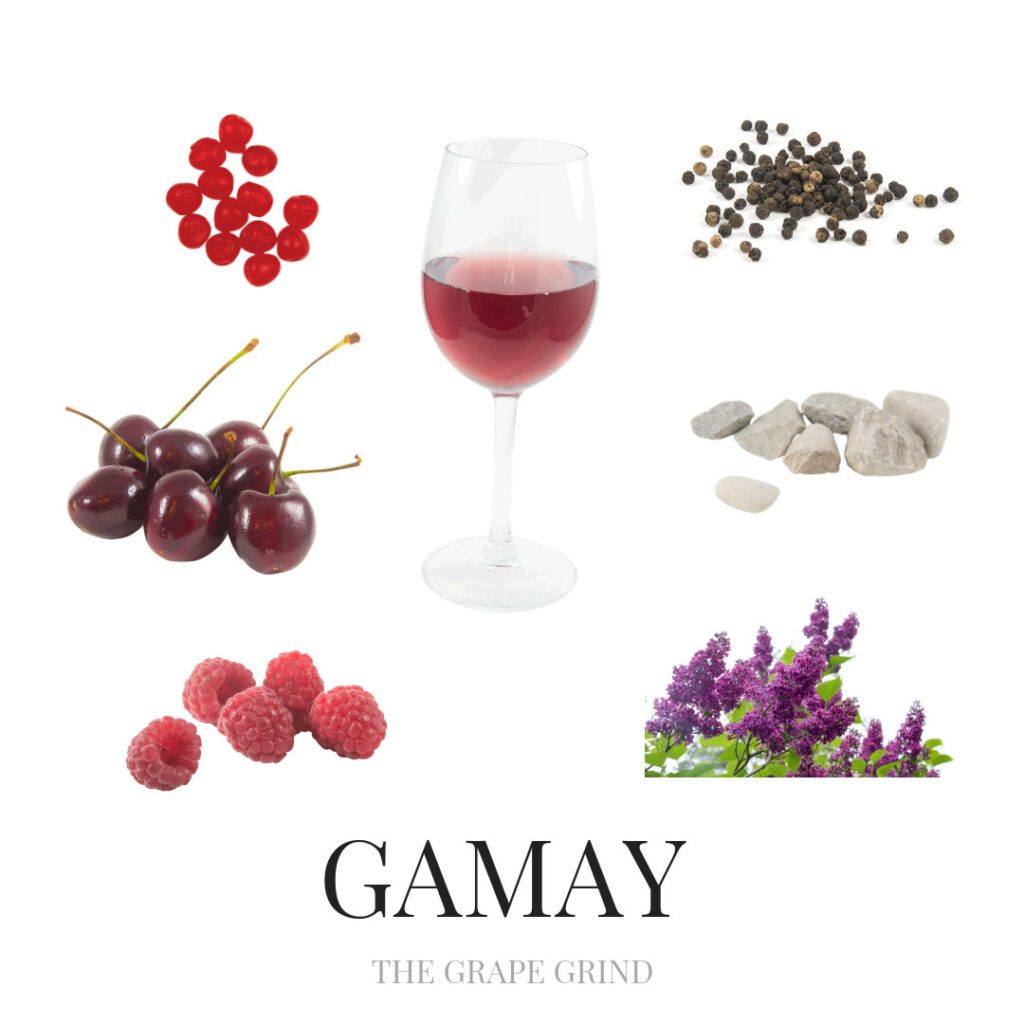
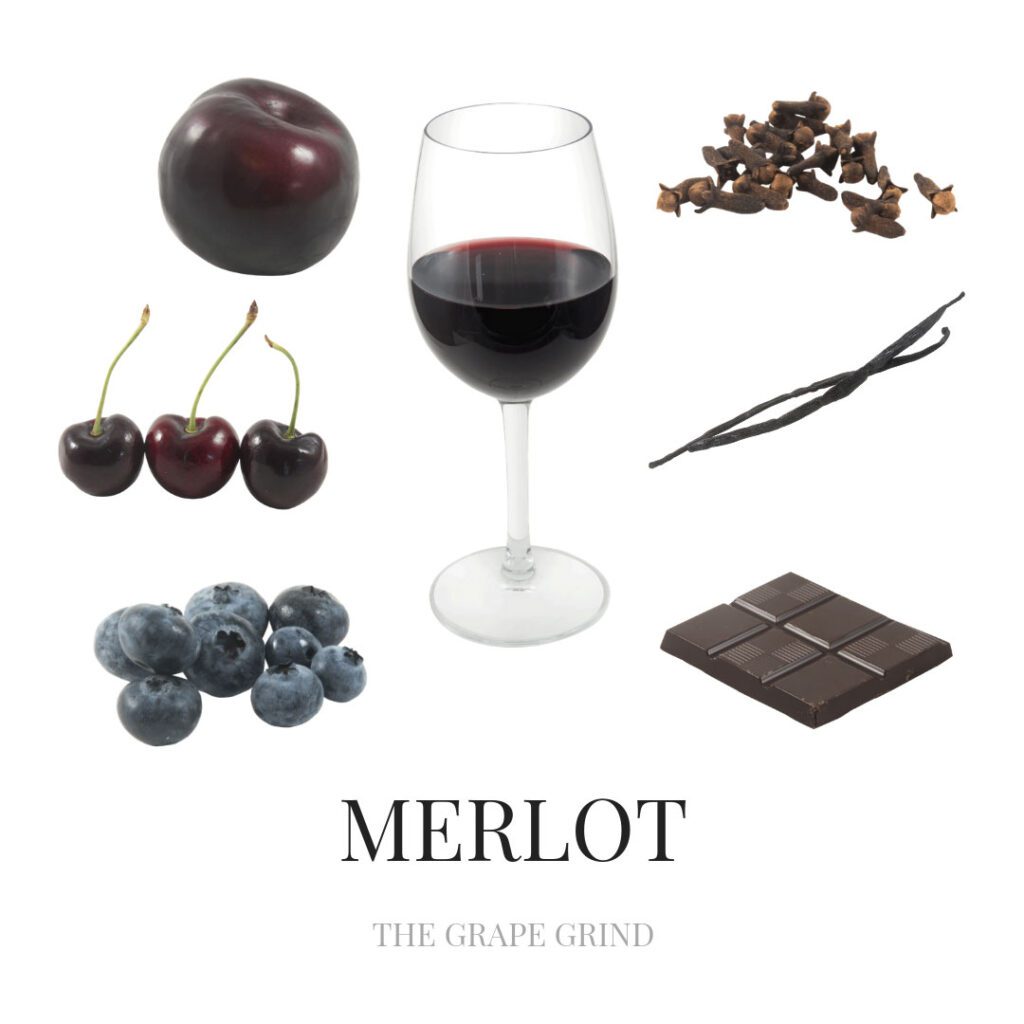
↑ Wine.com is an affiliate partner. We earn a small referral commission at no extra cost to you!. I will never recommend anything that isn’t valuable or useful in my wine study journey, or something I have no experience with. I hope these products/resources are equally helpful in your wine journey.
No matter your current skill level, we can help you improve – pass that exam, share your wine knowledge with others, guide your buyers, enhance your guests’ experience, and show up with confidence and credibility as a wine professional!
Feeling overwhelmed by everything there is to study in wine?
Struggling to stay consistent with tasting, or make it feel purposeful?
Craving connection with others who get what you’re working toward?
Let’s make studying wine less overwhelming, more consistent, and fully enjoyable!
Enter your email below to join our wine newsletter, where we share expert tips, study tools, tasting insights, and updates to support you on your wine journey!
By submitting, you are consenting to receive marketing emails from The Grape Grind. You can unsubscribe at any time.
Want to get better at tasting wine?